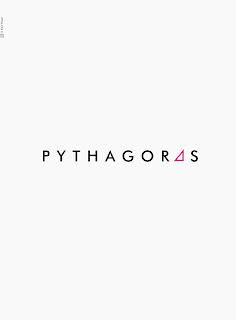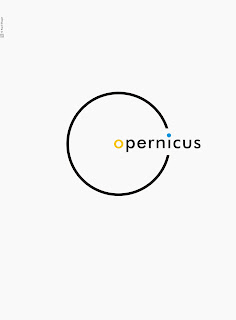Approach 1: Univers (Roman, oblique, black/extra black extended)
This first approach focused around a literal interpretation of the word meanings in an effort to create a strong visual of this wall being torn down. I aimed for a bold, simple, but stoic design with big, intentional moves that reflected the U.S.' assertiveness and strength during this time.
Approach 2: Bembo (Roman, semibold, no italics)
This second approach utilizes the contrasting elements of big and condensed type with small and spaced out type to create simplistic movement. This spread is unique because the spreads build upon each other consecutively (the "gate" opens more as the spreads progress). Also differing from the first approach, these spreads base the compositional movement around Reagan's intonation. Audible stresses, pauses, speed changes translate into kinetic type.
Approach 3: Akzindenz Grotesk (Bold + regular + super (gate and wall))
The third approach centers around an echo within each spread. The shape on the left page is "echoed" in a bigger and bolder manner on the right page to address the mood of the audience and environment at the time of Reagan's delivery. These spreads, like the previous spread, build upon each other but differ in that they get progressively more expressive and kinetic.
Approach 4: Walbaum (Regular + bold)
The fourth approach creates its mood through exaggerated tracking, opacity, and scale. These spreads aim to create an impact and a powerful message through bold moves. It differs in the other speeches because it experiments with the interplay between the words within the sentence. This interplay helps accentuate Reagan's climax within his speech in tearing down the Berlin wall.
In addition to posting our own expressive type spreads, we also had to research kinetic type examples to look at, learn from, and apply to our own experimentation.
These four compositions were successful in achieving big messages with minimal alterations. It's inspiring because it speaks so directly in the word its spelling. As difficult as it is to achieve such a big message through such little change, it makes a big impact with the viewer.
This type poster is successful because it combines type, image, and the non-computer concept to conceptualize a message.
I thought this was a great use of overlapping and opacities to articulate the meaning of the word.
Designed by Paula Scher for Toulouse Lautrec, this composition articulates imagery through unique letter arrangement and a humanistic style.
Designed by Retro Corporate, this is another great example of depicting a literal translation of imagery through simple movements and uniform type.













No comments:
Post a Comment